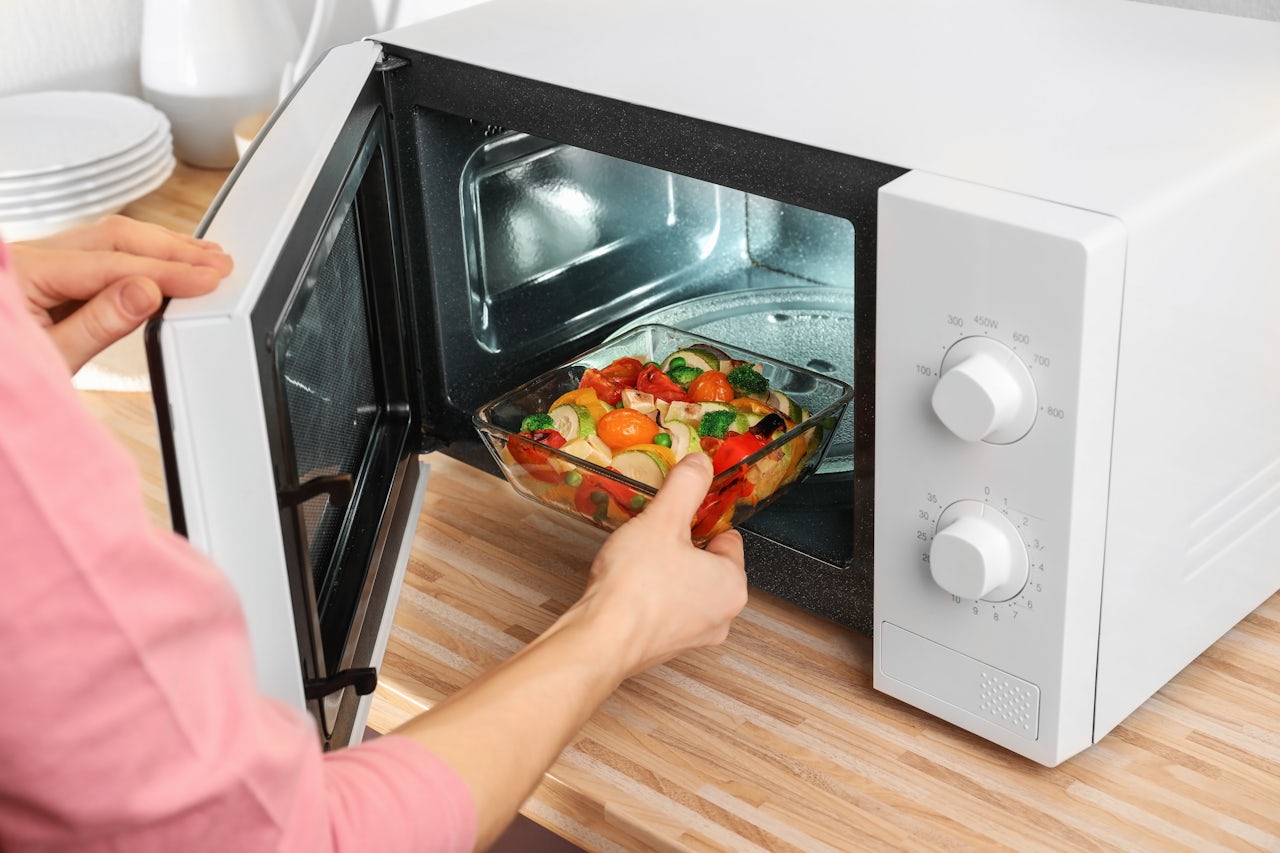Microwaves get a bad rap. Despite being present in over 90 percent of Americans’ homes, a Pew survey from 2010, at the height of a recession, found that people were happy to shed their relatively inexpensive microwaves at a higher rate than other appliances. A 2014 article from Quartz noted the “slow death of the microwave,” arguing that the increasing quality of microwaves paired with changing tastes in how people prepare food have translated into declining sales. “Microwaves have sort of had their day,” a market researcher told the publication. Nestlé, which purchased rival Kraft’s frozen food business for $3.7 billion in early 2010, has faced consistent pressure to unload what investors and analysts call a decidedly mixed business; an analyst from the firm Sanford Bernstein this past June called it “a high-profile headache for Nestlé for most of the last decade.”
The decline of the microwave, or at least its declining popularity, feels intuitive. Alternatives like a toaster oven can heat open-faced sandwiches, frozen pizzas, and a wide variety of things without turning making the contents unevenly warm or spongy. More than that, however, is that the things that at which a microwave excels are no longer considered in vogue (the false idea that microwave radiation is a public health concern, thankfully, has not caught on). It’s effectively a meme that millennials love eating out or ordering delivery more than previous generations, and a recent modest uptick in frozen food sales was accompanied by consumers reporting that they still viewed the kinds of foods you heat up in a microwave as unhealthier than what gets prepared traditionally. The mixed signals from the frozen food business may reflect a general ambivalence about microwave ovens, too: annual microwave sales are predicted to slightly slip, from about 15 million units a year to around 14.7 million, per the industry analyst firm Euromonitor.
Though it may not be figuratively or literally cool, the microwave remains one of the most amazing things that has emerged from the defense industry. The military contractor Raytheon filed the first patent for a microwave oven in 1945, after an engineer discovered a radar machine had melted a chocolate bar in his pocket. Twenty-two years after that first patent was filed, Raytheon subsidiary Amana introduced the “Radarange,” a $500 countertop microwave oven billed as the first affordable microwave for American families (in today’s dollars, it would cost more than $3,000). Between 1970 and 1975, microwave sales in America grew from 40,000 units a year to around one million.
If you need to use a heat pack to address back pain or cramps, you’d be a fool to stick it in the oven and your Instant Pot can’t help you.
A microwave is more effective at defrosting meat than any other method besides just letting stuff thaw, which I find gross because the smell of raw meat left on a counter is bad. For dishes that use lots of thick liquid, such as a pasta with a heavy sauce, reheating in a microwave is both more convenient and more effective than using a pan on a stove (in a microwave, a congealed penne alla vodka will become a rich and creamy penne alla vodka, not a thinner one with the potential to burn it). Vegetables, especially the water-logged kinds, are also good candidates for the microwave. If you need to use a heat pack to address back pain or cramps, you’d be a fool to stick it in the oven and your Instant Pot can’t help you. You turn to your microwave.
Yes, there are some foods that should not be reheated in a microwave, pizza chief among them. And the frozen food dinner options that were considered state-of-the-art for young Baby Boomers look awful by today’s standards, and the good ones tend to be expensive and are better off being reheated in a conventional oven anyway. There’s no use in trying to defend a microwave for its failure to accomplish tasks to which other products are so clearly better suited.
But the vestigial qualities of the microwave are what prompted me to write this blog: like velcro, frozen juice concentrate, and duct tape, the microwave was developed at a time when the American economy was built to make more things for people, not just to harvest and repurpose their personal information. Today, the commanding heights of American business are located in companies that have primarily figured out the ways to most efficiently exploit labor and consumers. Though you can now buy a “smart” microwave in this vein, there’s no need: you can buy a perfectly serviceable dumb one for $50 at Target, and it doesn’t need any of your private information to work.
There are a number of other ideas and practices from the mid-20th century that are now coming back into fashion: free health care, Jimmy Hoffa, and eyeglasses with thick frames are among them. I nominate the microwave for as a product that should come back in style, as the best part of it is that you almost surely already have one.
